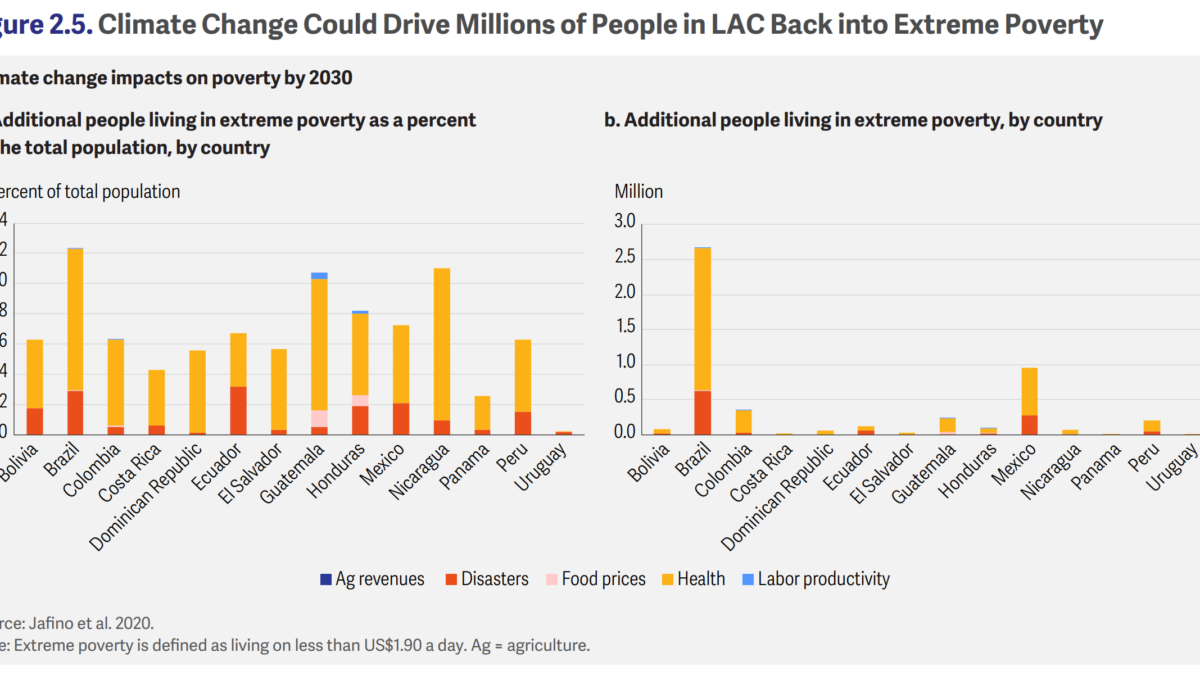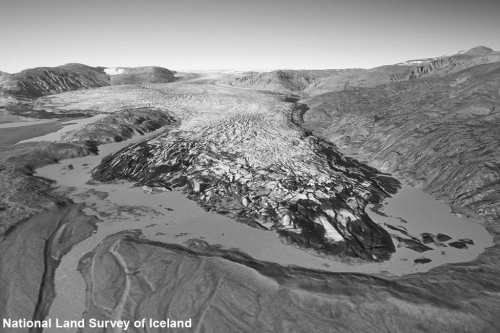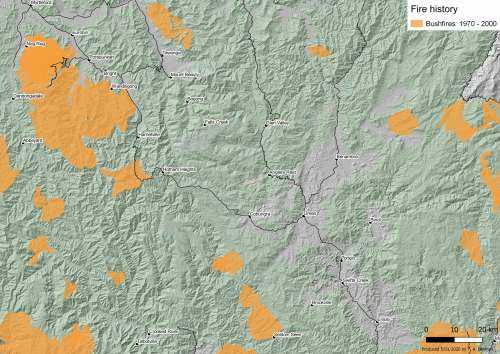Too much water or too little: Hydropower fights wild weather as climate changes rapidly
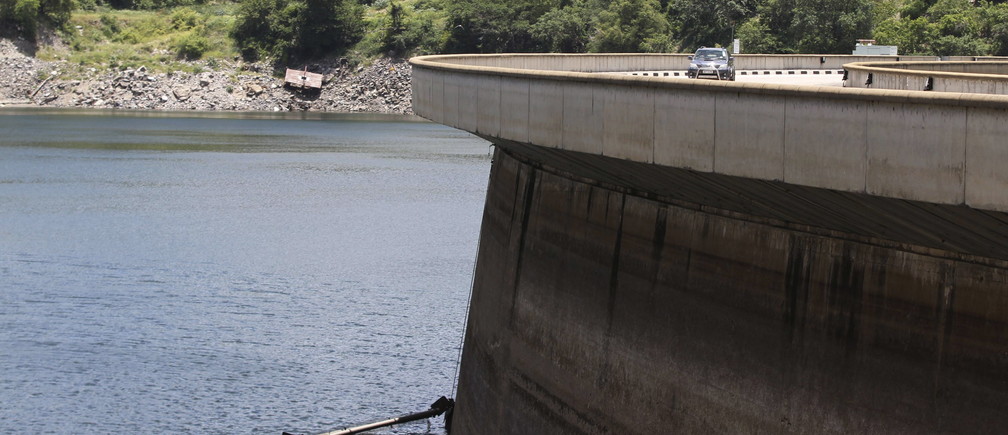
By Gerald Porter Jr. and Jeremy Hodges
22 June 2019
(Bloomberg) – The Kariba Dam has towered over one of Africa’s mightiest rivers for 60 years, forming the world’s largest reservoir and providing reliable electricity to Zambia and Zimbabwe.
But as drought grips the region, flow on the Zambezi river has dwindled to a third of what it was a year ago. Last month, Zambia’s state-owned power utility began cutting output, unleashing daily blackouts that leave more than 17 million people in the dark.
“The Kariba Dam has been absolutely essential for that region,” said Randall Spalding-Fecher, an energy adviser whose doctoral thesis included examining how climate change may impact hydropower on the Zambezi. “The challenge is the future doesn’t look like the past.”
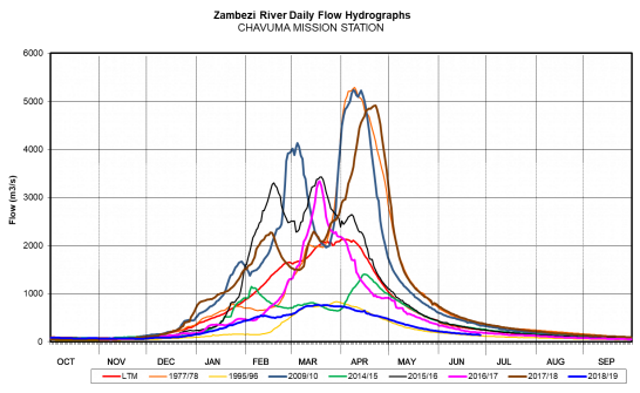
Around the globe, climate change is sapping hydropower’s dependability as rivers that once ebbed and flowed with seasonal regularity have grown erratic. In Brazil, record drought triggered blackouts in 2015. In California, output from dams has swung wildly from year to year. And in Europe, Spanish utility giant Iberdrola SA’s hydro output reached a record high in 2016, then plunged 57% the following year. […]
Back in Sub-Saharan Africa, Zimbabwe and Zambia are planning another dam upstream on the Zambezi to address electricity shortages. This month, they chose General Electric Co. and Power Construction Corp. of China to build the $4 billion project.
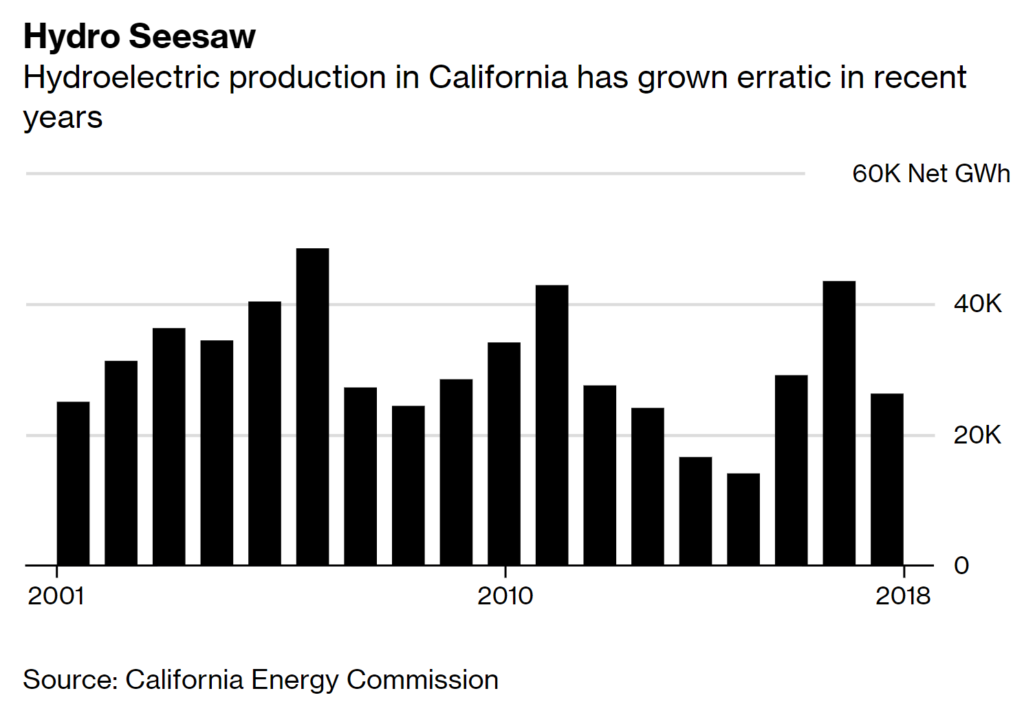
The river, meanwhile, is near its lowest level in half a century. If the water level continues to fall, Zambia has warned power generation at the existing dam will be suspended entirely in September. And while droughts may come and go, the river’s future looks grim.
“Unfortunately climate models are showing decreases in rainfall,” said Spalding-Fecher, who works for a Norwegian development consultancy called Carbon Limits. “The Zambezi is particularly at risk.” [more]
Too Much Water or Too Little: Hydropower Fights Wild Weather
